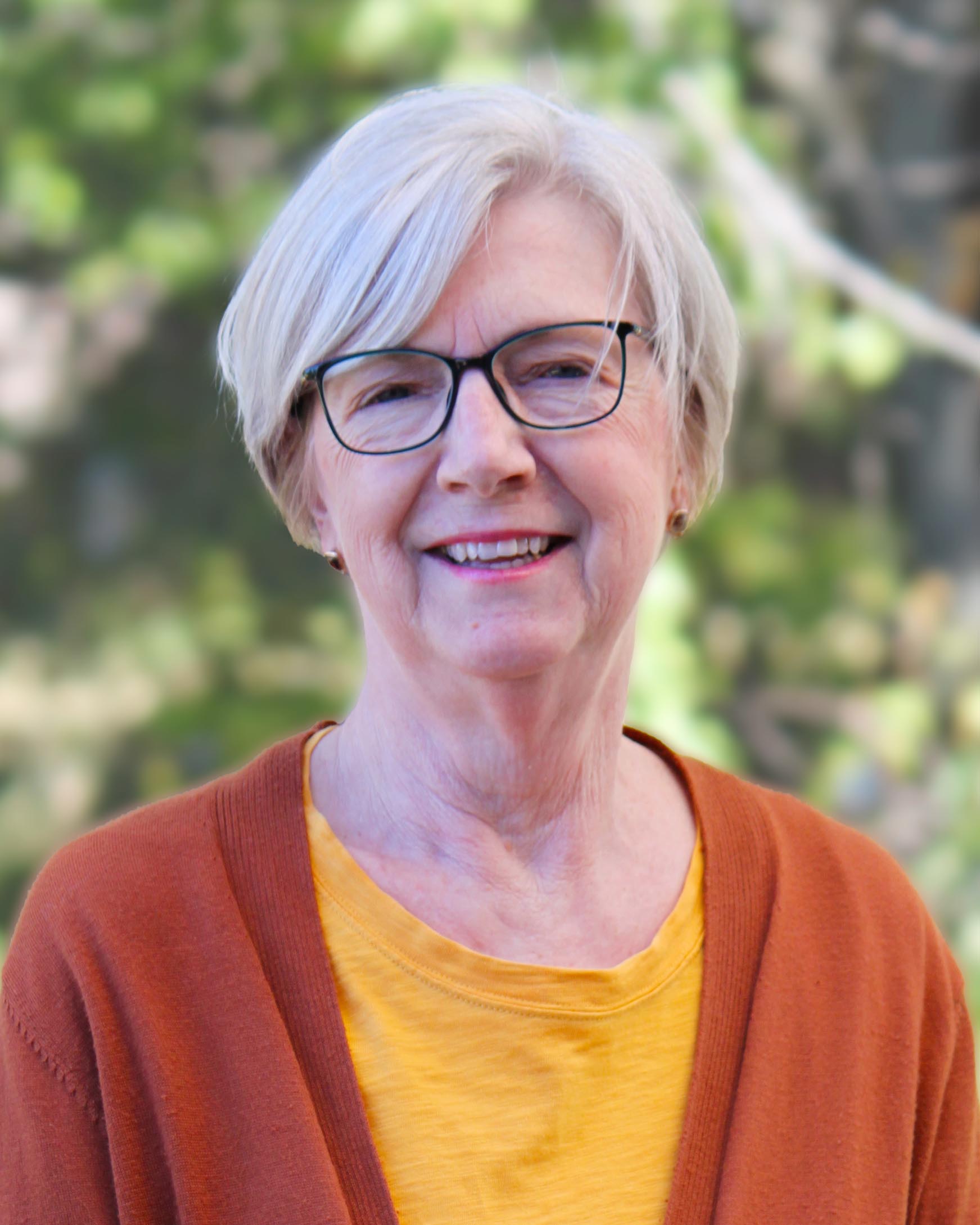Primary Writing with Structure and Style was designed specifically with primary teachers in mind. Providing a bridge between Anna Ingham's Blended Sound-Sight Program of Learning and the Structure and Style method, this seminar serves as a springboard to literacy in the K–2 classroom.
“Finally, someone understands primary writing!”
Linda Mikottis, IEW’s Lead Implementation Coach, hears this comment often from teachers when she presents Primary Writing with Structure and Style (PSS) seminars. It’s no wonder they feel this way. K–2 teachers frequently attend seminars and workshops that aren’t the best fit for their students. This necessitates that teachers find ways to adjust a seminar’s content down to a developmentally appropriate level or dismiss it outright because the presenter hasn’t taken time to connect the content to the needs of primary students and the way they learn. Our method is different. IEW has developed lesson plans and instructional materials that make our time-tested writing process accessible to the K–2 teacher. No adjustments are needed. We’ve done that for you.
Using Anna Ingham's Blended Sound-Sight approach as inspiration, IEW incorporated into our primary lessons many of the developmental activities she used to great success in her own classroom over many decades. This blending of Mrs. Ingham’s program with IEW’s Structure and Style method resulted in the creation of the K–2 Classroom Supplement and Lesson Plans for Kindergarten, Grade 1, and Grade 2 and related supplementary materials: Student Writing Portfolios, Primary Posters, and Printing with Letter Stories Classroom Cards. Those, in turn, led to designing PSS, the seminar that prepares teachers to teach the Structure and Style method in their primary classrooms.
PSS presents much of the same content as Teaching Writing: Structure and Style (TWSS), but it is modified to include Anna Ingham’s methods. Taking into account the differences in readiness and language proficiency of young children in the primary grades, IEW designed the K–2 lessons according to three phases of language development:
Phase 1: Pre-Writing: Exposure (Speaking —> Modeling)
Phase 2: Introduction to the Structural Units (Modeling —> Copy Work)
Phase 3: Introduction to Structure and Style (Oral —> Modeled —> Independence)
Each grade level moves through the phases at its own pace, and each phase lays a foundation for the next. Read more about the phases here.
The PSS seminar begins with a thorough overview of each phase and the foundational concepts that young children need for literacy. These concepts include
-
exposure to language through speaking and modeling,
-
purposeful integration of language and literacy skills through poetry,
-
poetry study to teach phonics and build grammar skills, and
-
a focus on handwriting instruction and meaningful copy work to prepare children for written composition.
The primary seminar focuses on these foundations of language literacy before introducing IEW’s structural models and stylistic techniques. While the TWSS seminar begins with paragraph reconstruction, PSS starts with pre-writing activities and letter formation and then moves on to copy work to teach sentence structure. Guiding teachers through activities that build vocabulary, PSS teaches grammar and reinforces phonics instruction using poetry as an integrator. This happens before Unit 1 is introduced.
Fewer structural models and stylistic techniques are presented than in the TWSS seminar. Because multiple-source reports, formal essay writing, and critiques are not taught in the primary grades, Units 6, 8, and 9 are not included. However, all the dress-ups are taught along with three sentence openers and three decorations. Additionally as each structural model is presented over the two days of training, a detailed introduction to that unit is provided in the K–2 Classroom Supplements. This helps teachers see what each unit looks like for their own grade level.
IEW’s primary seminar and instructional materials have received widespread praise. Kindergarten teacher Jackie Hammond was impressed by the reading-writing connection in the method. She saw tremendous growth in her students’ reading comprehension after she was trained at a PSS seminar and implemented the kindergarten lessons in her classroom. In fact, she said their reading skills “soared.” Jackie loved having a program that was age-appropriate and easy to follow. Read more about her experiences with our primary program here.
According to Linda Mikottis, schools that trained their teachers in Primary Writing with Structure and Style and implemented IEW’s K–2 instructional materials are reporting marked improvement in their students’ oral language and comprehension skills. Schools in low socioeconomic neighborhoods and those that serve English Learners and bilingual students have seen increased growth in reading and writing. Students’ conversational English demonstrates improved sentence structure, and they are using more complex, academic language.
What are your options for implementing PSS?
Your IEW Educational Consultant (EC) can help you plan a Primary Writing with Structure and Style seminar for your school or school district. Your EC will answer any questions you have and can create a quote for you if needed. Please note that materials and the trainer’s travel are not included in the live seminar price. Download a course description for specifics about the seminar content.
Live professional development may be too expensive for small schools or schools with a limited budget for training. Many private schools, charter schools, and small schools make use of funding through their local school district or county office of education or seek out grant money for professional development. IEW also offers the seminar as a Structure and Style Virtual Writing Four-Day Workshop for schools that wish to pilot the method with a few teachers. It’s also perfect for individual teachers who are interested in using our primary materials in their classrooms as a way to introduce IEW’s method to their school. Visit the seminar website for more information or to download a flyer, course description, and schedule.
If a live seminar is out of the question, IEW’s Teaching Writing: Structure and Style seminar training by DVD or video streaming is a viable and affordable solution. Parts 1 and 2 of the training series in the resource list at the end of this blog describe how these training options work. You’ll also find links to our convenient Teacher Packages, which include video streaming of the TWSS seminar and instructional materials needed to implement primary writing in a K–2 classroom.
If you’re choosing the video option, we strongly recommend that before training begins, teachers watch our webinar, Preparing the Primary Writer. It provides an excellent description of what Structure and Style looks like in grades K–2 and should be considered the first step in the training. Again, your Educational Consultant can be a big help in getting started.
Implementing IEW’s Primary Writing with Structure and Style and Classroom Supplements in your K–2 classrooms provides a strong foundation for language and literacy that will have a lasting impact on your entire school. The primary activities capitalize on young children’s natural inclinations for fun and play and build on their delight for learning language, their engagement with the world, and their innate curiosity. Students learn at a very young age what “sounds right” or “sounds wrong” in their speaking and writing and carry that with them into the intermediate grades and beyond. What a missed opportunity it would be for schools to not take advantage of this head start toward excellent language skills and a lifetime of good writing!
Contact your Educational Consultant for more information about bringing a live PSS seminar to your school, registering teachers for a Virtual Structure and Style Writing Workshop, or utilizing our do-it-yourself options for training via DVD or video streaming.
If you are interested in live professional development for your school, wish to check on availability, have questions, or plan to request a quote, please contact your school’s Educational Consultant.
Other Blogs in This Series
Training Method Options, Part 1: Video Training through Individual Streaming
Training Method Options, Part 2: Group Video Training with DVDs or Streaming
Training Method Options, Part 3A: Virtual Structure and Style Writing Workshop for K-2 Teachers
|
Jean brings 34 years of classroom experience to IEW, having taught grades 1–6 in New York, Virginia, and in California, where she taught sixth-grade language arts in the Rocklin Unified School District. She was introduced to IEW in 2001 when a colleague shared Student Writing Intensive videos at weekly school staff meetings. As a result of student progress and teacher enthusiasm at her school, RUSD brought Andrew Pudewa to Rocklin many times over the next several years to train district teachers, resulting in improved student writing and test scores district-wide. Named Rocklin’s “Elementary Teacher of the Year” in 2001, Jean was also included in the 2004 and 2005 editions of Who’s Who Among America’s Teachers. |


